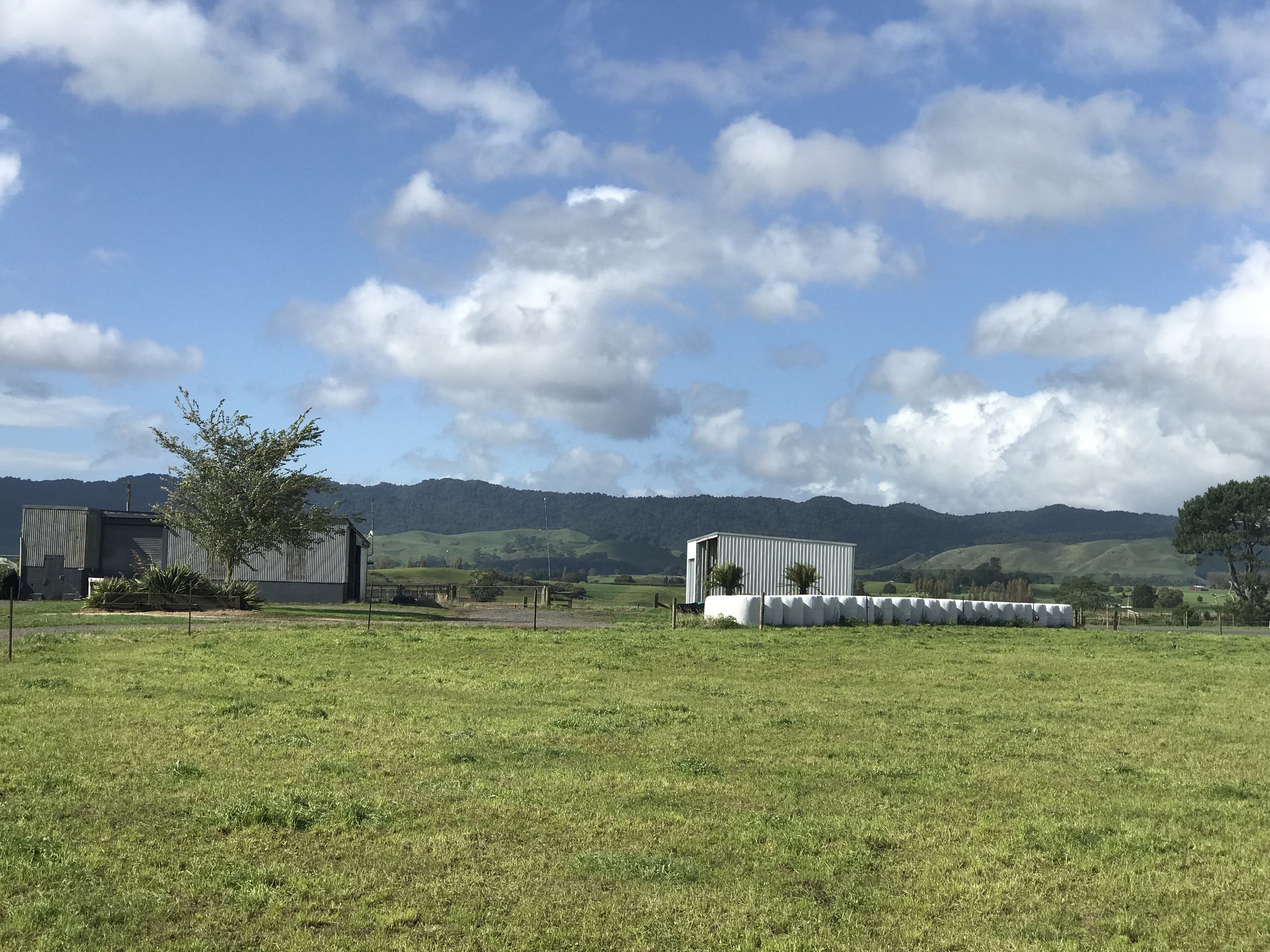How landscape architects are helping farmers with sustainability
Lincoln’s School of Landscape Architecture is working with farmers to look at how design and green infrastructure can improve sustainability with agricultural processes. Senior lecturer in Landscape Ecology, Dr Wendy McWilliam specialises in urban and rural green infrastructure planning, design and management. She’s is part of an international group being put together by Pablo Gregorini, Professor of livestock production at Lincoln, that will be exploring and evaluating alternative livestock production systems.
Farmland in south Waikato.
Globally there’s a movement away from intensive, monotonous production systems in agriculture, not just in livestock production, but in all food production systems, like grape and wine production. McWilliam says diversification means landscapes are healthier. Diversified agricultural systems are more responsive to the capabilities of the land, rather than relying on artificial or external inputs, such as water, fertilisers, herbicides, pesticides. She wants farmers to consider introducing more green infrastructure, such as shelterbelts, riparian vegetation, trees, shrubs and other plants that provide additional ecosystem services to farmers and the public. She also advocates that other production systems be added to currently specialised farms, like nut or fruit production, forestry or agro-tourism. “The resulting diversity not only provides multiple ecosystem services that contribute to landscape health, but allows farmers to diversify their income streams, enhancing their ability to recover from a “shock” - be that a natural disaster like an earthquake or insect infestation, or a downturn in one of their markets.”
New Zealand has highly specialised agricultural systems, like dairying. But, internationally, we now recognise their undesirable side effects, not only environmentally but socially and culturally, McWilliam says. She points to the poor water quality associated with intensive dairying systems, but also the high suicide rates among farmers worried about huge debts, and children not wanting to, or being able to, afford taking on the family farm.
“These are huge issues that require multidisciplinary teams to solve,” she says. “But a lot of these biophysical and social scientists don’t have a design background. They don’t know how to translate their science or innovative ideas into form. That is what Landscape Ecology is all about – understanding and testing relationships between spatial forms and their configuration with ecological processes (including farming processes). The design skills of Landscape architects are also key. They can develop clear and realistic drawings that bring innovative farming systems to life, helping stakeholders to debate and make informed decisions - ultimately facilitating implementation.”
She says there’s great opportunity for designers to get involved because we don’t know what these systems look like, and there is a growing demand for design. “These systems need to be designed and evaluated before they are implemented to reduce the risk for farmers. The idea is to evaluate different systems through modelling - including 2D or 3D design - see how they work, then evaluate the implications for farmers. How will it impact their incomes? How can the changes be phased? Can they work alongside other farms or Government bodies?”
A South Canterbury scene - with the Southern Alps in the background.
McWilliam says there’s reluctance amongst farmers to embrace diversification.“You can imagine after spending huge amounts of money optimising their systems to make them absolutely fit for purpose, to have someone now tell them that actually that’s not a good way to go and you need to significantly change your way of farming. Much work will need to be done by all - farmers, their communities, and government institutions, to enhance enablers, and overcome barriers to implementation, in order to support the significant changes to come.”


